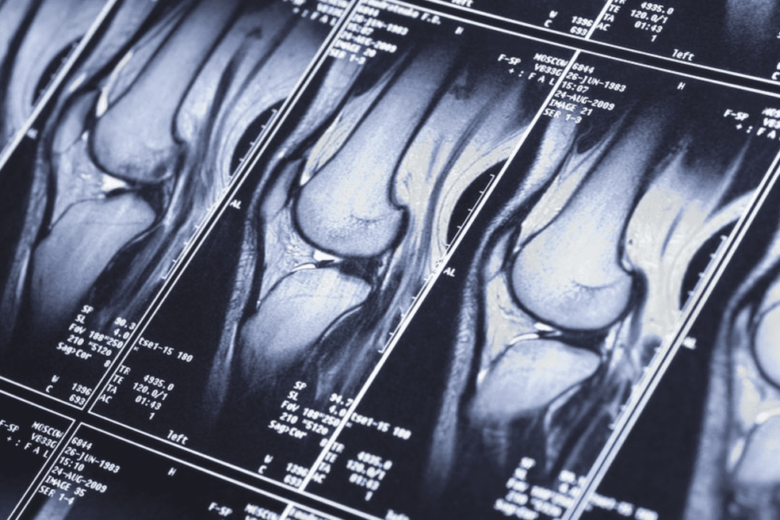The MRI has revolutionized medical imaging of the human body. It is an incredible tool that can help see the inside of your body like nothing before it. Unfortunately MRIs are not perfect….and worse, most people don’t know this.
MRI images are not pictures like those from your camera or your phone. They are generated depictions produced by the affect a large magnetic force and radio waves have on the hydrogen atoms floating inside all of us. Furthermore, their usefulness differs based on a number of factors. Among these factors are: the strength of the magnet, the pulsing of the radio waves, the various tissue types and size of the person imaged, the presence of metallic fragments in the body and perhaps most importantly, the reviewer’s interpretation.
Let me emphasize that last one…MRI images are not facts…they are images that must be interpreted. They are not at all like the medical tricorder that Star Trek’s Dr. McCoy waved over his patients to get their exact diagnosis. They are more like a song – based on actual notes but perceived differently depending on each person’s individual experience and opinion. Most patients don’t know this and they view their MRI reading as written in stone. This can lead to problems.
MRI: Problems
How? First, the radiologist who is reading your MRI likely has a very limited knowledge of the particulars of your problem. They likely have never spoken with you. They have not examined you and so they have no idea of the context of their findings – how and when the problem began, your symptoms and your injury’s treatment course. Without this information, making an exact, correct diagnosis is often impossible. Furthermore, just as any doctor or other professional can have an incorrect opinion, so can the radiologist reviewing your MRI. Therefore, if the radiologist gives a single impression, it may simply be wrong.
As a result of this known shortcoming, most radiologists don’t try to identify the single diagnosis. They expect that your doctor will do this. In an effort to help your doctor though, they make their reports very comprehensive – simply listing everything they see on the MRI – so that nothing potentially helpful to your physician is left out. This can lead to the second problem. You see, much of the information on the radiologist’s report may have little or no clinical relevance. Some of the findings may be normal in certain populations (i.e.age, athletic activity, etc.) or for a specific injury mechanism and since MRIs are not perfect, some of the supposed “findings” may not even exist although the MRI images seem to indicate that they do.
MRI: Solutions
Even with these potential weaknesses, MRIs can be very helpful but in order to overcome these shortcomings, two things must occur: First, your doctor must understand the radiologist’s intent and be capable and willing to perform their role – that is to consider the findings in the context of your particular situation. Second, you must understand this and let your doctor due their part. Unfortunately, this is not always the case. And that’s where many of the issues with MRIs arise.
Often, the findings on the MRI’s report is accepted as The Diagnosis. This can lead to an incorrect diagnosis and wrong diagnoses can lead to additional testing, unnecessary treatment and unfortunately, otherwise avoidable complications.
With all that said, MRIs can still be a very helpful adjunct to making your diagnosis and determining the best treatment. They just need to be used properly. So with its limitations in mind, how can we optimize the relevance and benefit of your MRI? There are three steps to successfully interpreting and using your MRI: Reading, Understanding and Applying.
Your radiologist and your doctor should both read your MRI – Two reviews for the price of one. You then need to understand it – Not just what is seen but also what it means. Your doctor can and should help you with this. Finally, the findings of the MRI need to be applied to your particular case. The reading is not the diagnosis, it is just an aid – a tool that helps you and your doctor get to the diagnosis. It surely can’t provide you the correct treatment plan – only you and your doctor can – Together.



